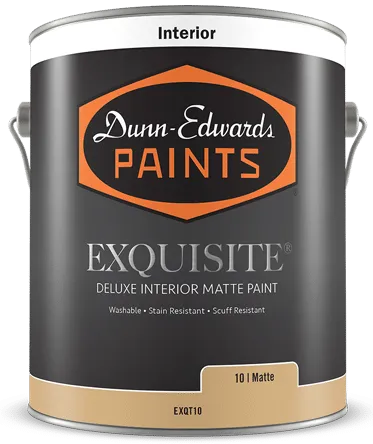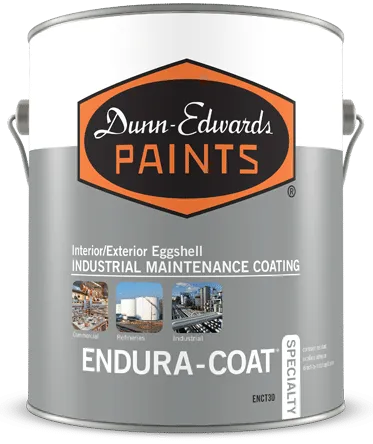Tackling Winter Paint Problems
01/23/2017 | specs+spaces staff |
While winter conjures images of cozy nights and family holidays, for property and community managers, winter weather often brings conditions and challenges associated with the season's moisture and low temperatures. Being familiar with these four conditions and choosing the proper solution for each can save managers money and time.
LOW TEMPERATURES
When temperatures fall below 50 degrees Fahrenheit, paint application, adhesion and drying problems can occur; therefore the temperature on the surface to be painted, the air temperature and the paint itself should be checked. If the paint is stored overnight at cold jobsites or garages, there may be trouble in the morning when the painter begins work. Although there may be some coalescent solvents that may be added to water-based paints to allow them to flow and dry more or less normally, it is better to wait until the air, surface, and paint temperatures rise. Otherwise, the paint may not dry properly or dry at all. And, of course, it may not adhere to the surface properly.
MILDEW
Increased moisture in winter may lead to an increased growth of mildew. Mildew is a condition that often causes discoloration of the paint film. Mildew is not caused by paint, but instead it is due to fungi feeding on the oil in oil-based paints or on the protein thickeners in latex coatings. The fungi also feed on the nutrients of the surface material of the substrate, such as damp wood areas in shady cool areas.
To check for the presence of mildew, put a small amount of household bleach on the affected area. Bleach will kill the mildew and whiten it, while areas that are simply dirt will be unaffected. Solutions to kill and clean mildew are described in our painting specifications, and surfaces should be thoroughly rinsed off and allowed to dry before painting.
SURFACTANT LEACHING
One of the many ingredients in a can of paint, surfactants are designed to reduce the surface tension of water to aid in the paint spreading out over the surface and allow tints to disperse and increase color acceptance. These surfactants do not become a permanent part of the paint film but will normally evaporate out to dissipate in the air as part of the process of curing. Cold weather outside or high humidity in bathrooms stops the evaporative process, and the surfactants are arrested on the surface before they can leave the paint film.
Exterior water-based paints are water-sensitive for several days after application, and rain or dew may cause color streaking. Sometimes, the drops or streaks of surfactants appear to be a brown color and may be sticky. These deposits can be washed off with a wet sponge. It is suggested to paint exterior surfaces after temperatures rise above 50 degrees and to stop for the day in the early afternoon if colder conditions are predicted.
Interior surfaces — such as bathrooms and kitchens where higher humidity is expected from cooking, washing or showers — should be allowed to get plenty of ventilation and air movement for a few days following painting to keep the humidity lower and speed up the curing process.
EFFLORESCENCE
When you see a white powdery salt on stucco, brick or block, it is the result of the alkaline salts in the Portland cements used to create these building products. Another source of the salts may be contaminated sand or water used in the mixing of the ingredients of the stucco, block or brick products. Water migrates into these building products from the air or rain or someone washing the surface — and mixes with the salts to make a liquid. This liquid then moves to a surface, which allows the water to evaporate, leaving the white salt behind. Because the salt is an alkaline on the ph scale, a mild acid like muriatic acid (10:1) is used to clean and neutralize the salt and wash it away with clean, clear water.
Although these conditions and problems can occur any time of the year, the low temperatures and high humidity that can occur in winter increase the likelihood of you seeing these problems. Being familiar with the conditions and solutions can save you time, money and effort; avoid poor dry time, adhesion problems, discoloration and brown sticky streaks; and let you enjoy this most wonderful time of year!
Images by iStock
Featured Articles
-
Best Oranges for the Perfect Summer Beach Cottage
-
Get Ready for Fall with These Trendy Color + Design Moods
-
Try These Color Palettes To Nail A Tomato Girl Summer At Home
-
Embracing Barbiecore: Popular Pinks Throughout The Ages
-
The Color Yellow: Essential Color Theory, Symbolism and Design Application
















